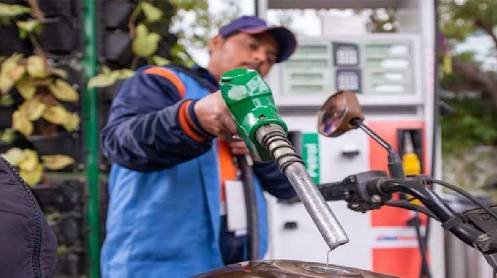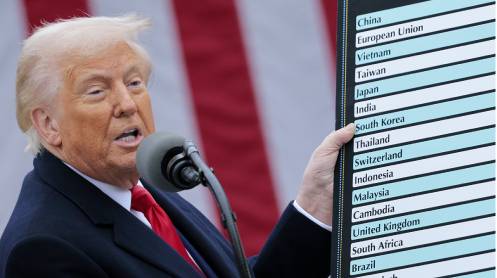The prices of petrol and high-speed diesel (HSD) are anticipated to increase by Rs4-11 per litre for the next fortnight, starting from February 16. This hike is attributed to higher international prices and import premiums, offsetting the impact of a minor exchange rate gain.
Sources familiar with the matter revealed that both petrol and HSD experienced an uptick in international market prices over the current fortnight. Additionally, Pakistan State Oil (PSO) faced higher import premiums on petrol despite a slight appreciation of the rupee against the US dollar. Consequently, the price of HSD is projected to increase by Rs9-11 per litre, while petrol is expected to rise by about Rs4 per litre, contingent upon the final exchange rate calculation. Minor increases in the prices of kerosene and light diesel oil are also anticipated.
Officials stated that the price of petrol rose by approximately $1.20 per barrel to $89.9 from $88.7 per barrel over the last two weeks, while HSD became costlier by about $3.5 per barrel, reaching $101.82 from about $98.4. Meanwhile, the rupee gained about 40 paise against the dollar, standing at Rs279.7 from a little over Rs280 in the first half of February. The premium paid by PSO for securing product cargoes slightly increased for petrol from $9.5 to $9.7 per barrel, remaining unchanged for HSD at $6.5 per barrel.
The government has already reached the maximum permissible limit of Rs60 per litre for the petroleum levy on both petrol and HSD, as mandated by law. Under commitments made with the International Monetary Fund (IMF), the government aims to collect Rs869bn as petroleum levy on petroleum products during the current fiscal year. Despite a gradual increase in per litre levy, about Rs475bn has already been collected in the first half (July-December). The government is expected to collect about Rs970bn by the end of the year, although the revised target has been set at Rs920bn by end-June.
Petrol is predominantly used in private transport, small vehicles, rickshaws, and two-wheelers, directly impacting the budgets of the middle- and lower-middle class. Conversely, HSD is considered highly inflationary as it is primarily used in heavy transport vehicles, trains, and agricultural engines like trucks, buses, tractors, tube wells, and threshers, particularly affecting the prices of vegetables and other consumables.





